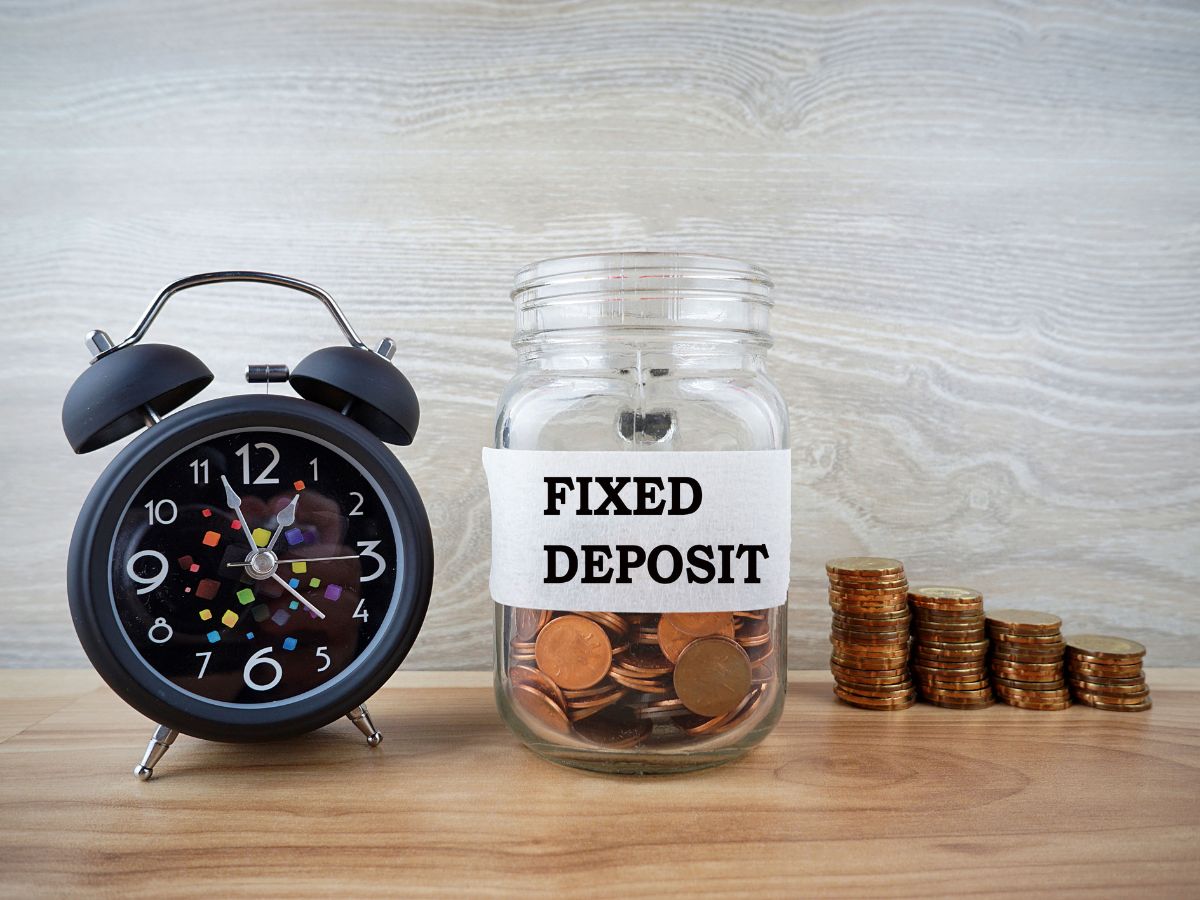

In the vast landscape of investment options, Fixed Deposits (FDs) stand out as a reliable and secure choice for those seeking stability and steady returns. While FDs are known for their safety, investing in them the right way involves understanding various aspects, from choosing the right bank to optimizing your returns. In this guide, we will delve into the intricacies of investing in Fixed Deposits to help you make informed decisions and maximize your investment potential.
Fixed Deposits are financial instruments offered by banks and financial institutions that allow investors to deposit a lump sum amount for a predetermined period at a fixed interest rate. The interest is generally higher than that of regular savings accounts, making FDs an attractive option for risk-averse investors.
The first step in investing in FDs the right way is selecting a reputable and reliable bank or financial institution. Look for institutions with a high credit rating, as this indicates stability and the ability to fulfill their financial obligations. It’s essential to consider factors such as interest rates, tenure options, and the credibility of the institution before finalizing your choice.
Interest rates and tenure are pivotal factors in determining the returns on your FD investment. Generally, longer tenures and higher deposit amounts attract higher interest rates. However, it’s crucial to strike a balance based on your financial goals and liquidity needs. Assess your financial situation and opt for a tenure that aligns with your investment objectives.
Investors have the option to choose between cumulative and non-cumulative FDs based on their preferences. Cumulative FDs compound the interest quarterly or annually and provide a lump sum amount at maturity. On the other hand, non-cumulative FDs offer regular interest payouts, suitable for those seeking a steady income stream. Consider your financial goals and choose the type of FD that aligns with your needs.
Understanding the tax implications of your FD investment is crucial for effective financial planning. Interest earned on FDs is taxable, and investors must include it in their income for the financial year. However, individuals can benefit from tax-saving FDs, which come with a lock-in period of five years and offer tax deductions under Section 80C of the Income Tax Act.
While FDs provide stability, it’s wise to diversify your investment portfolio to manage risks and optimize returns. Consider allocating a portion of your investment to other financial instruments such as mutual funds or stocks. Diversification ensures that your overall portfolio is resilient to market fluctuations and economic uncertainties.
Upon maturity of an FD, investors have the option to reinvest the principal amount along with the interest earned. Reinvesting can be a strategic move to benefit from compounding and potentially increase overall returns. Evaluate market conditions, interest rates, and your financial goals before deciding whether to reinvest or explore other investment avenues.
While FDs offer a secure investment option, it’s crucial to maintain liquidity for unexpected expenses or emergencies. Consider setting aside a portion of your funds in a liquid and easily accessible account, ensuring that you have the flexibility to meet urgent financial needs without prematurely breaking your FDs.
Investing in FDs is not a one-time decision; it requires periodic monitoring and review. Stay informed about changes in interest rates, economic conditions, and the financial health of the institution where you’ve invested. Periodic reviews will help you make informed decisions, such as whether to renew your FD, explore other investment options, or adjust your portfolio based on evolving financial goals.
Investing in Fixed Deposits can be a prudent choice for those seeking stability and predictable returns. By understanding the nuances of FD investments, from selecting the right bank to considering tax implications and diversification, investors can make informed decisions that align with their financial goals. Remember that financial planning is a dynamic process, and staying informed and proactive will help you navigate the ever-changing landscape of investments while maximizing your returns.